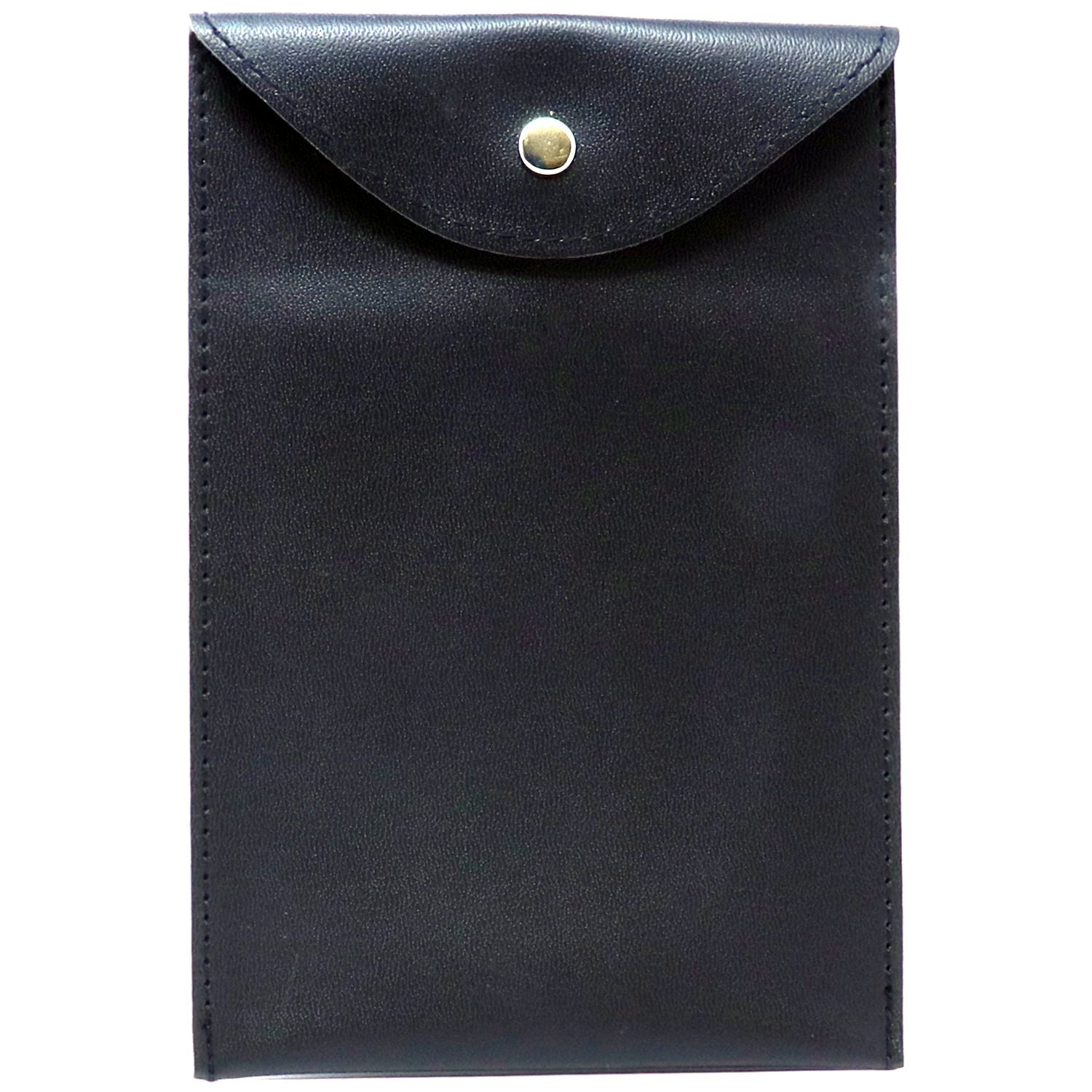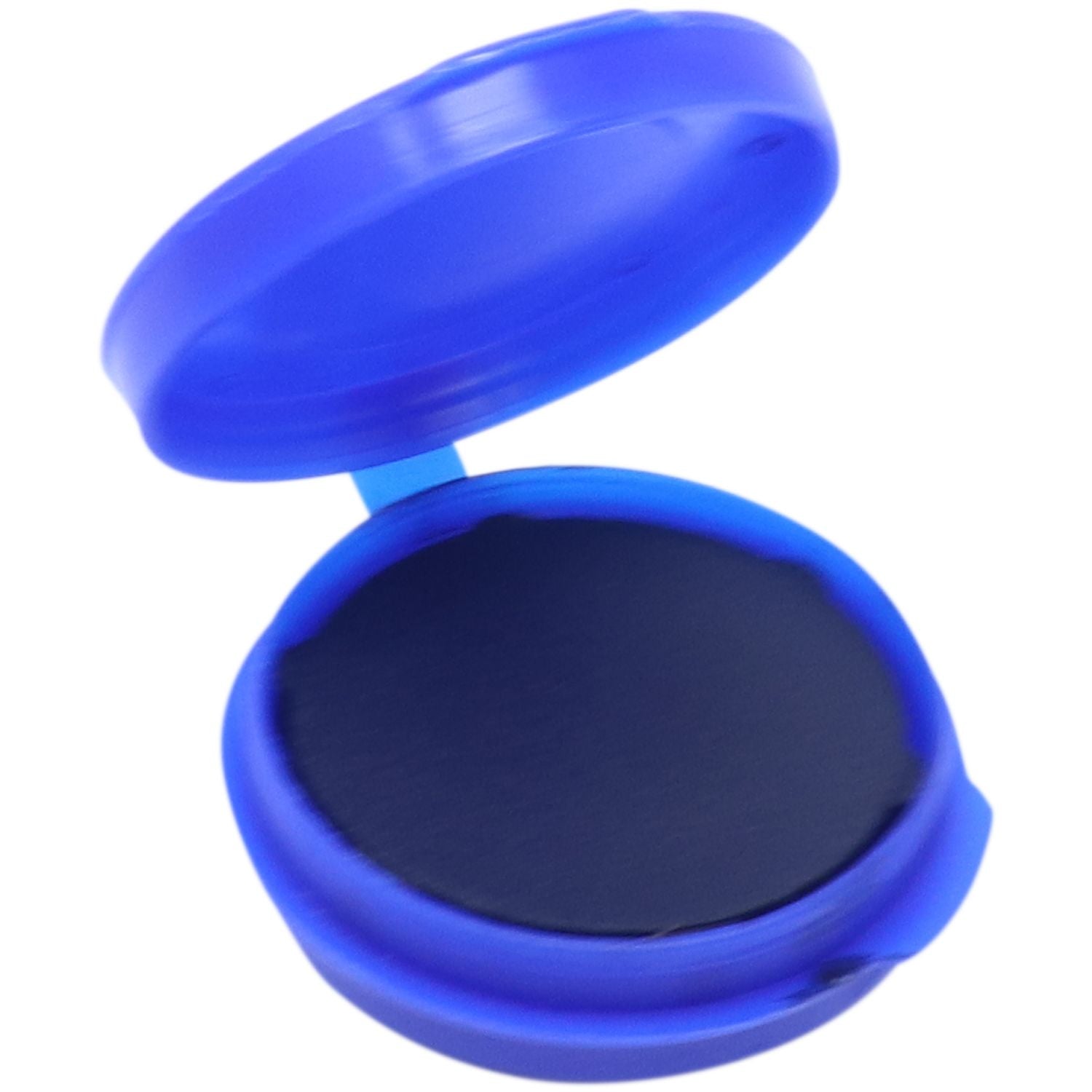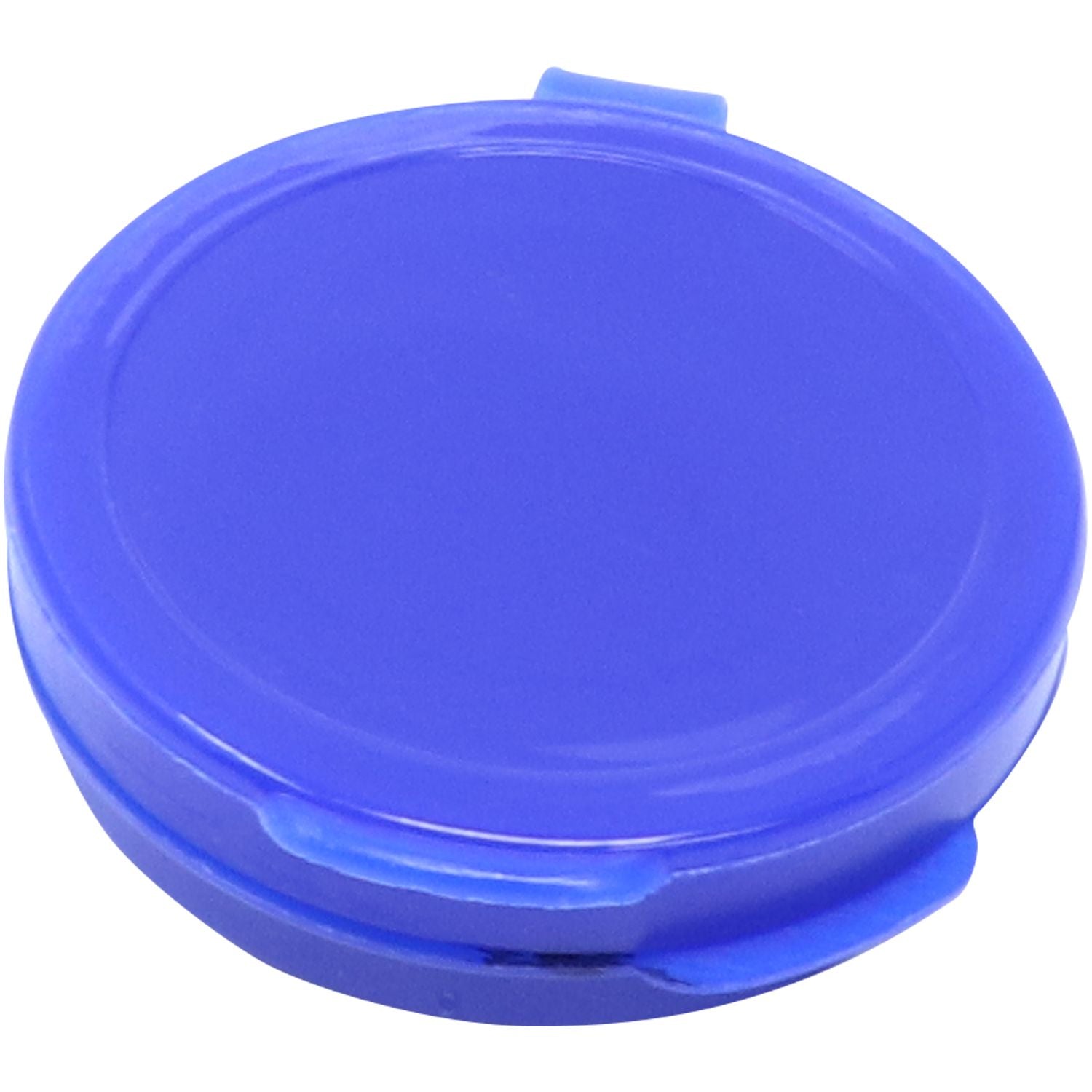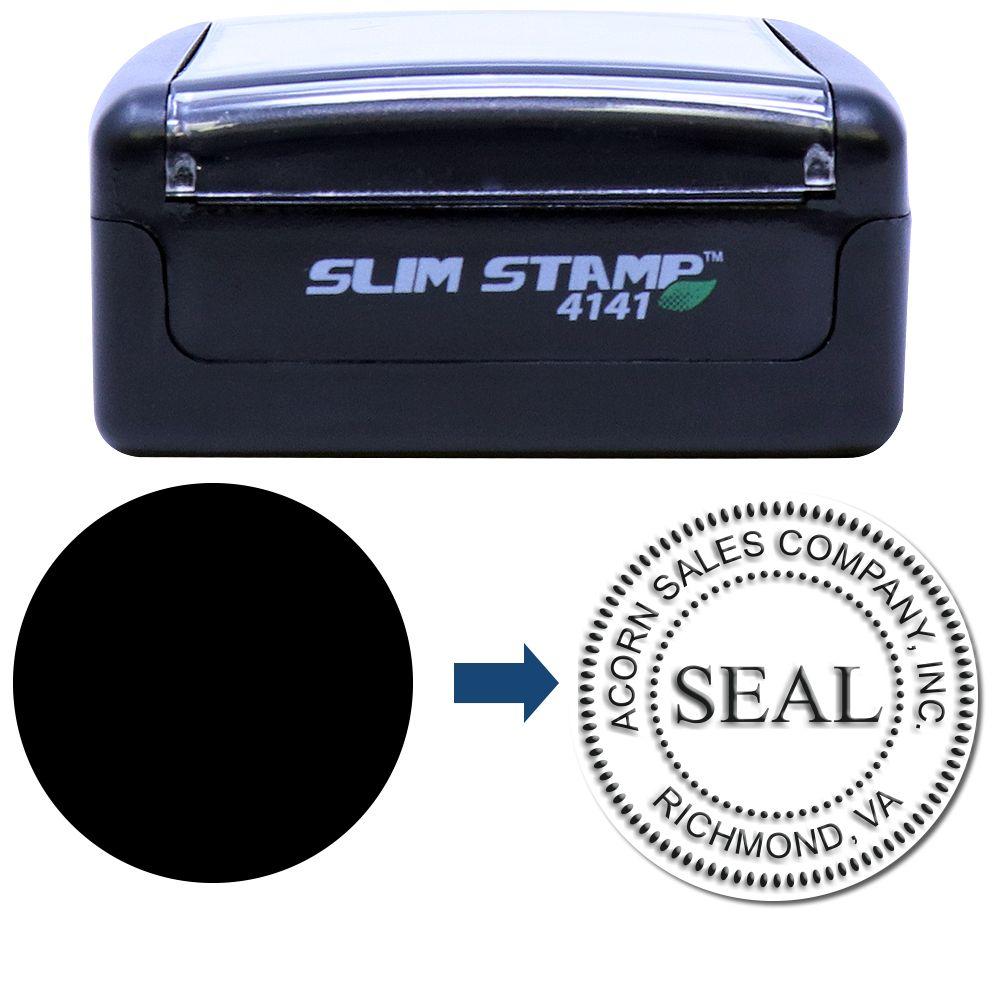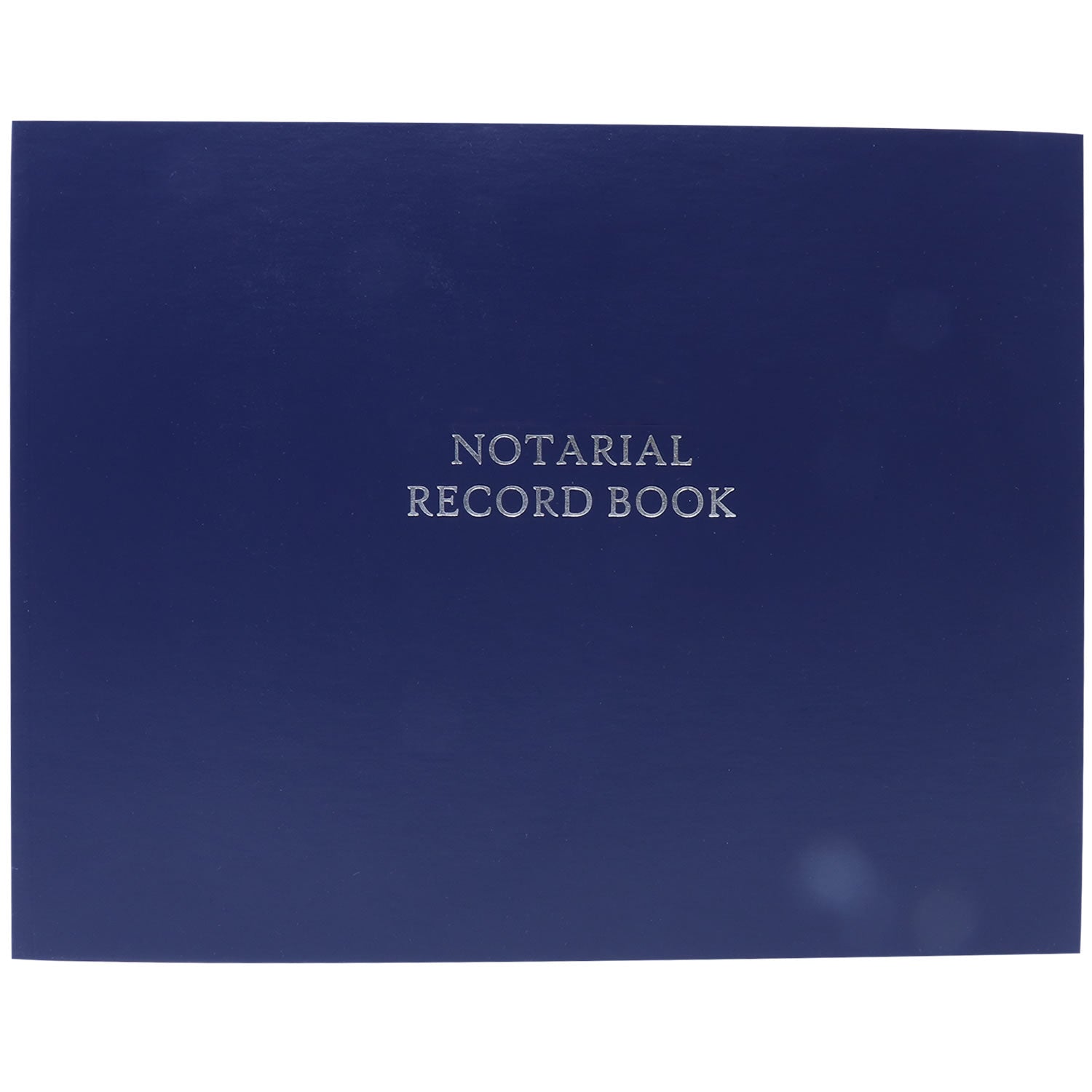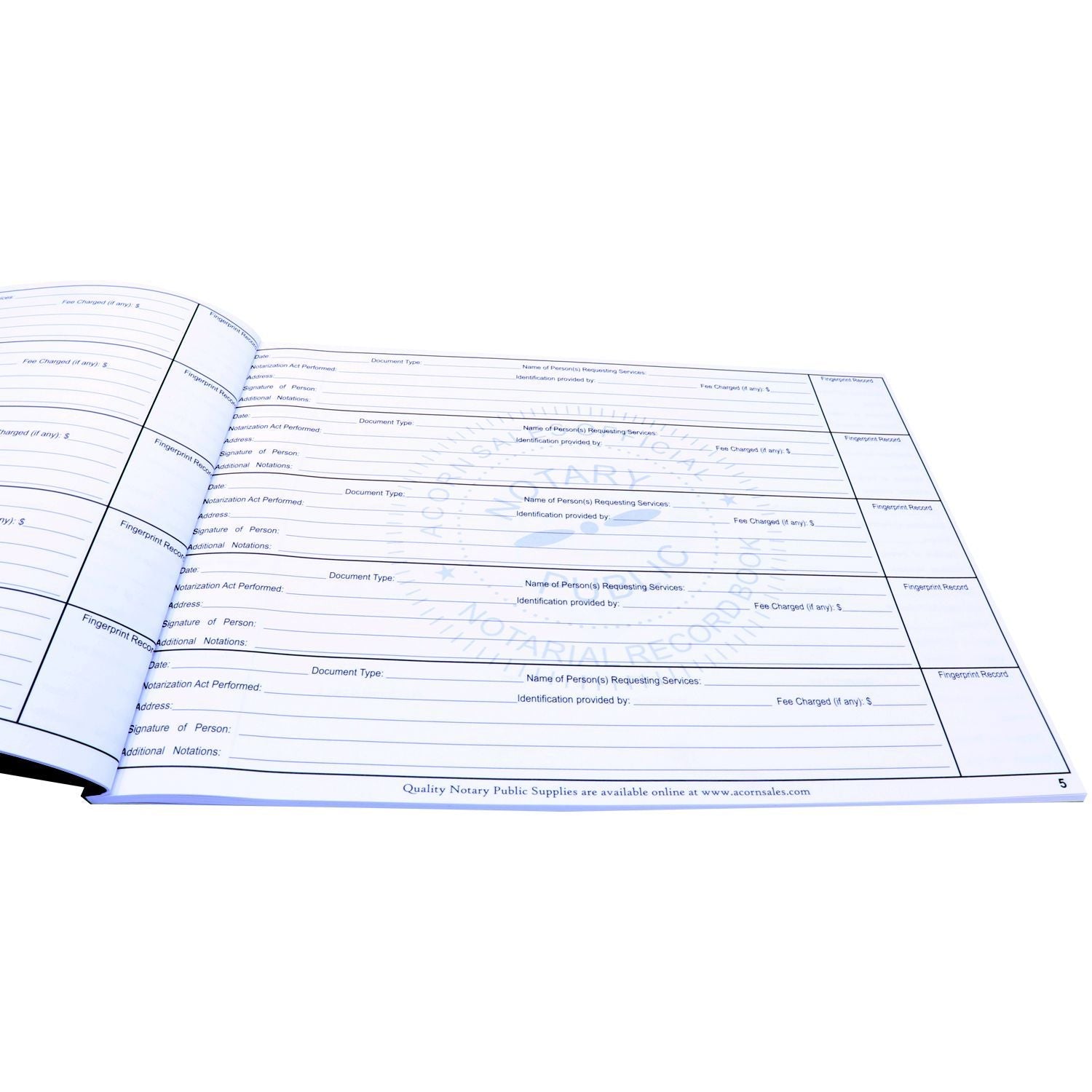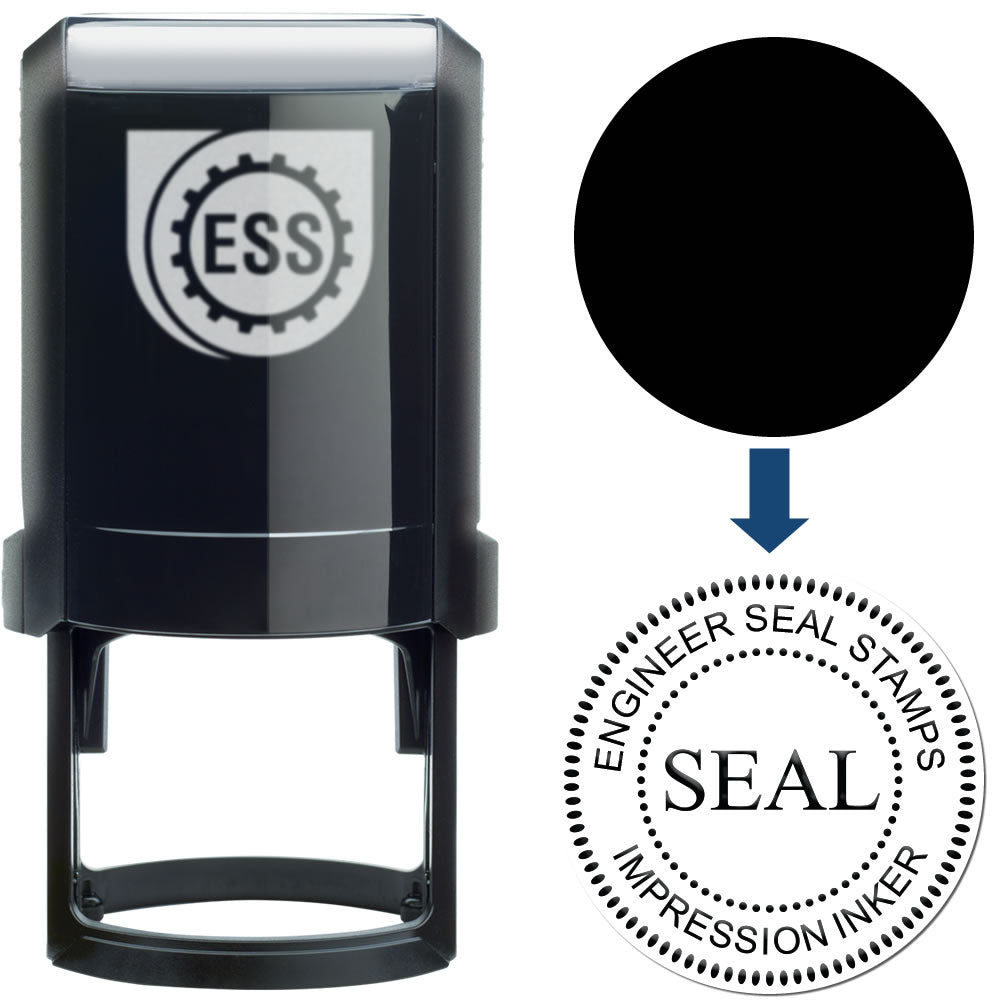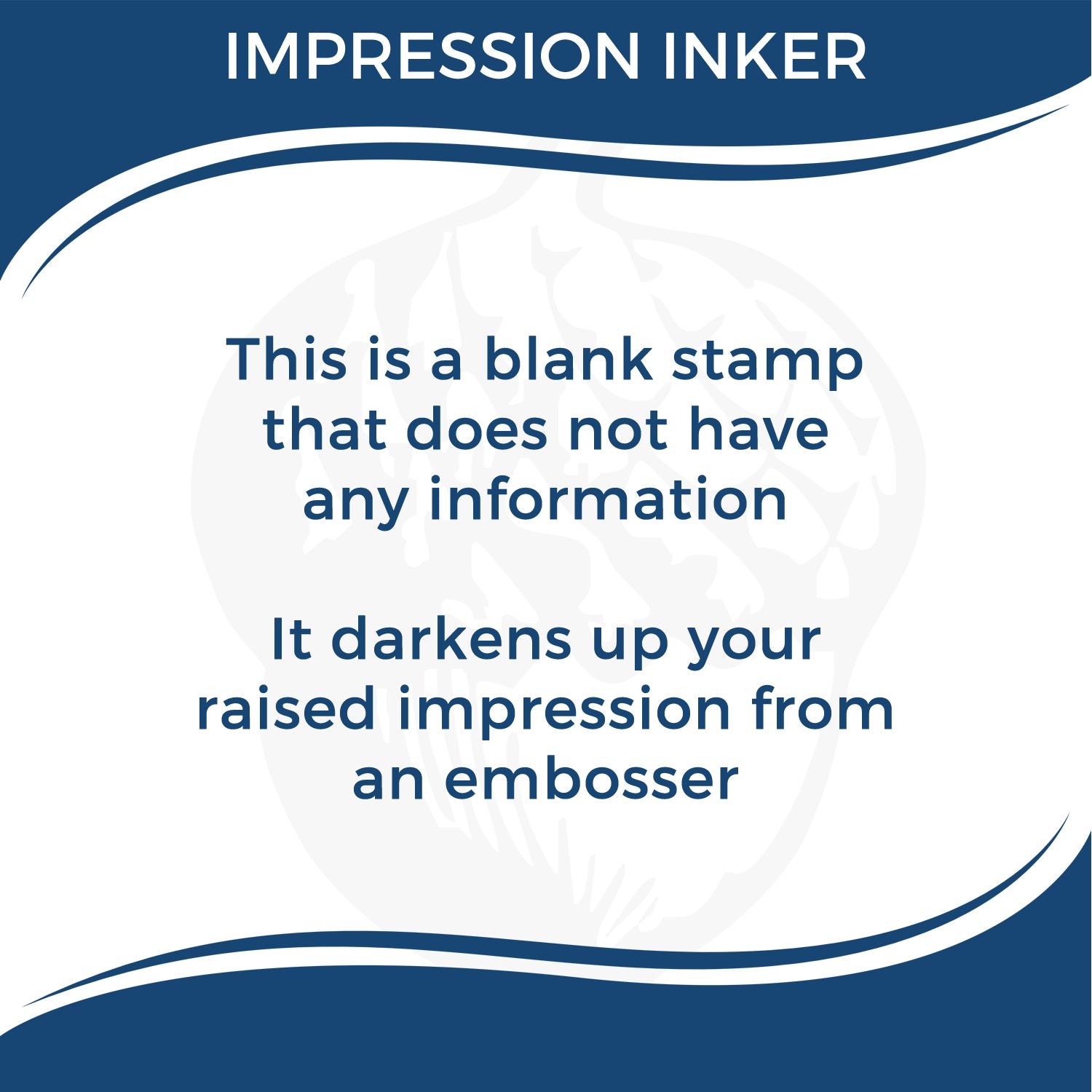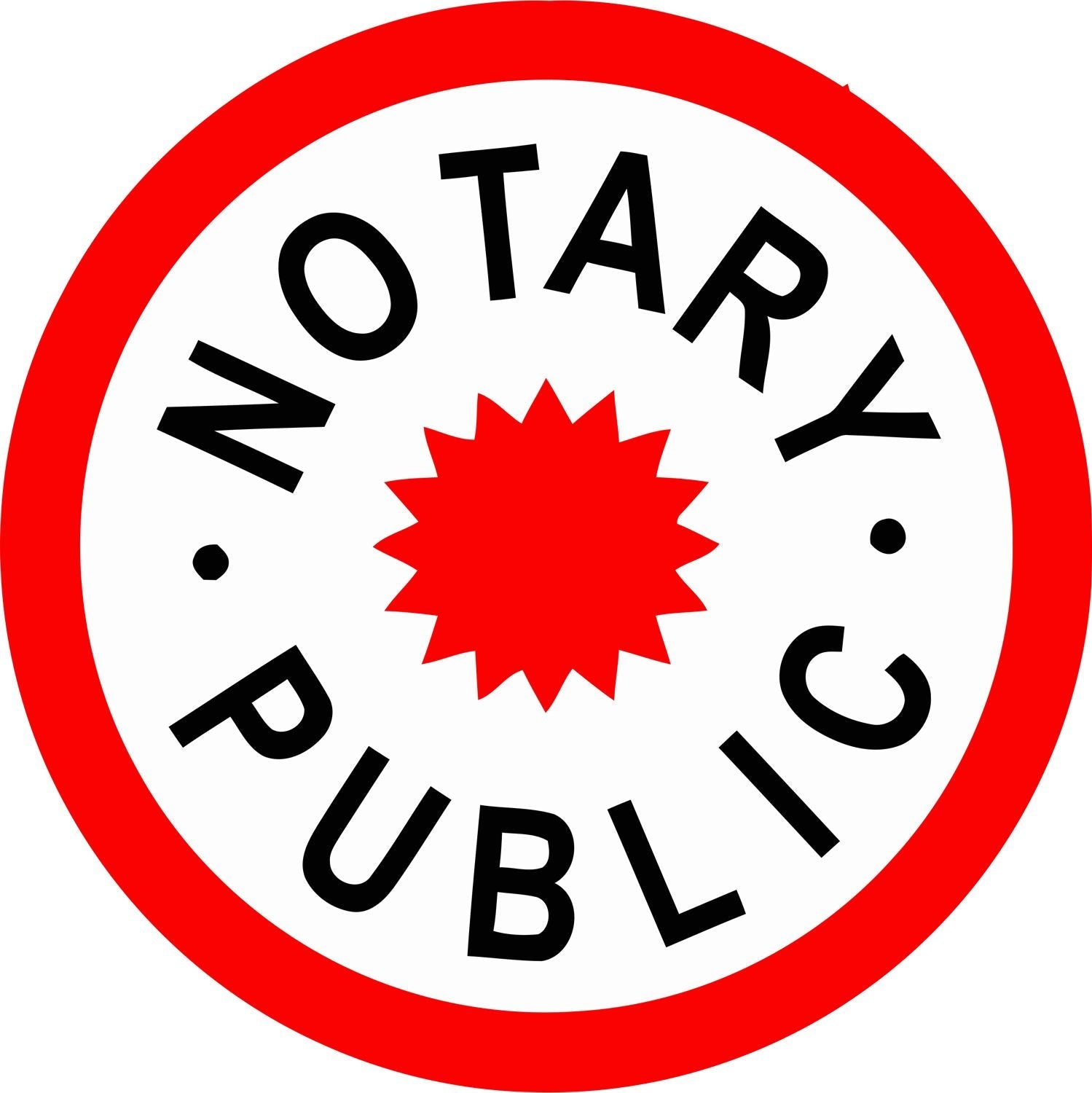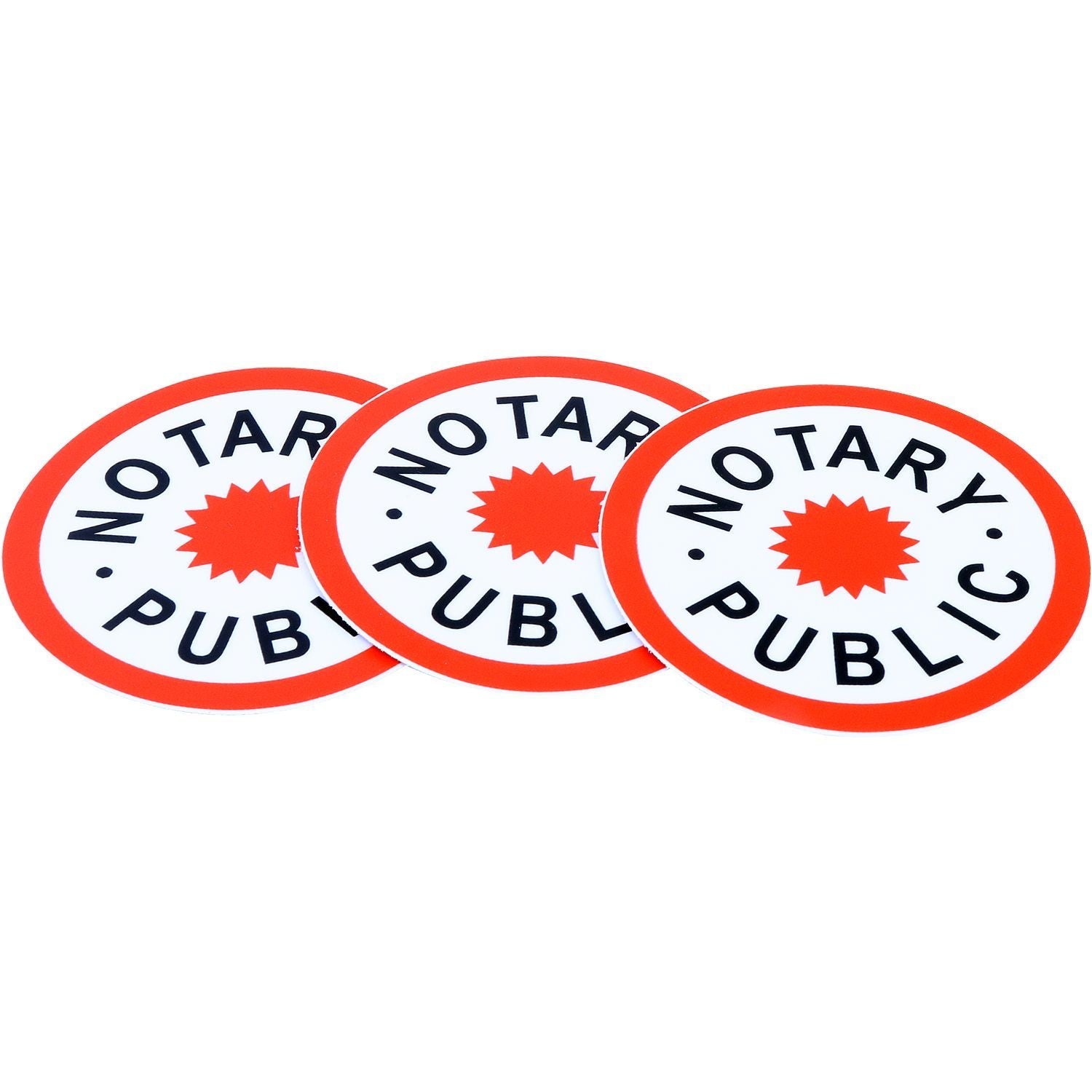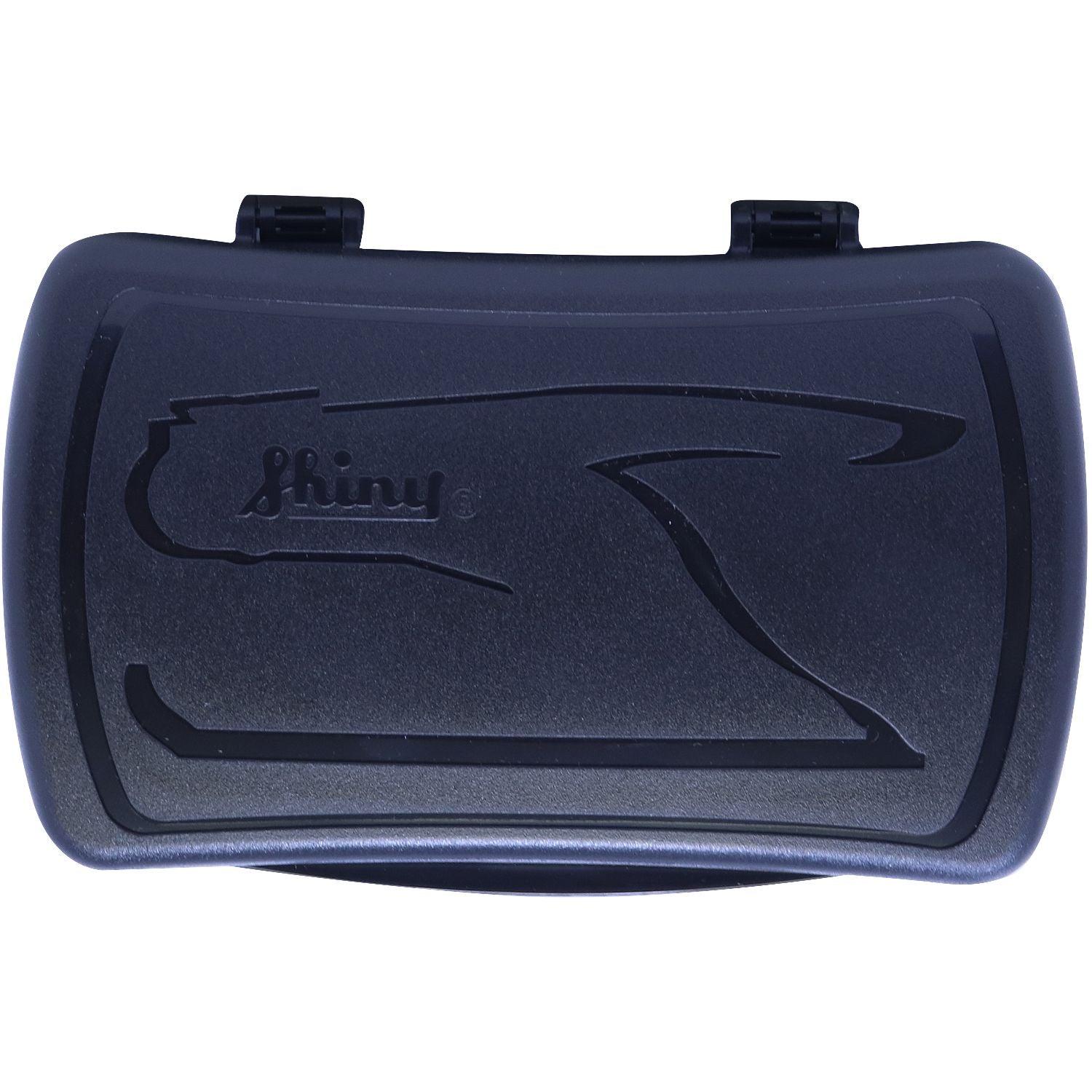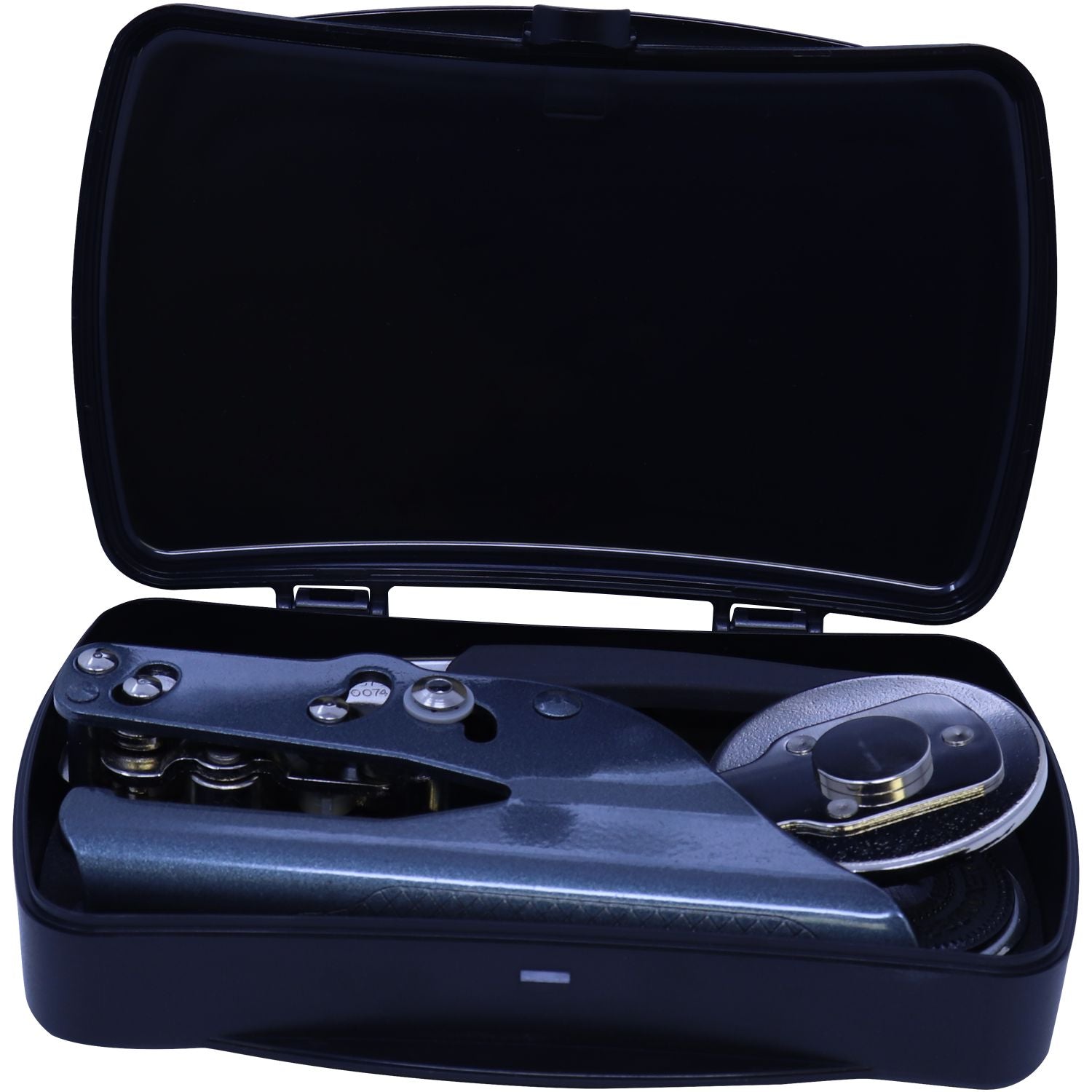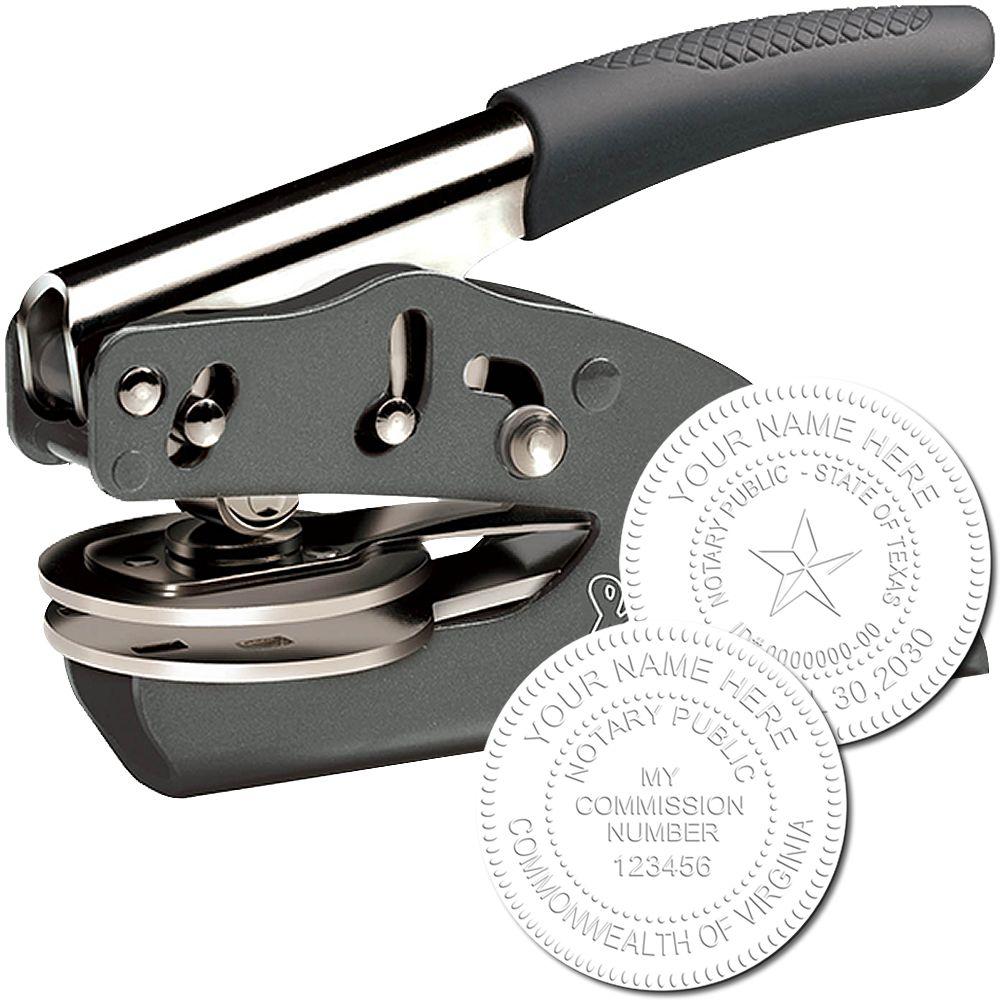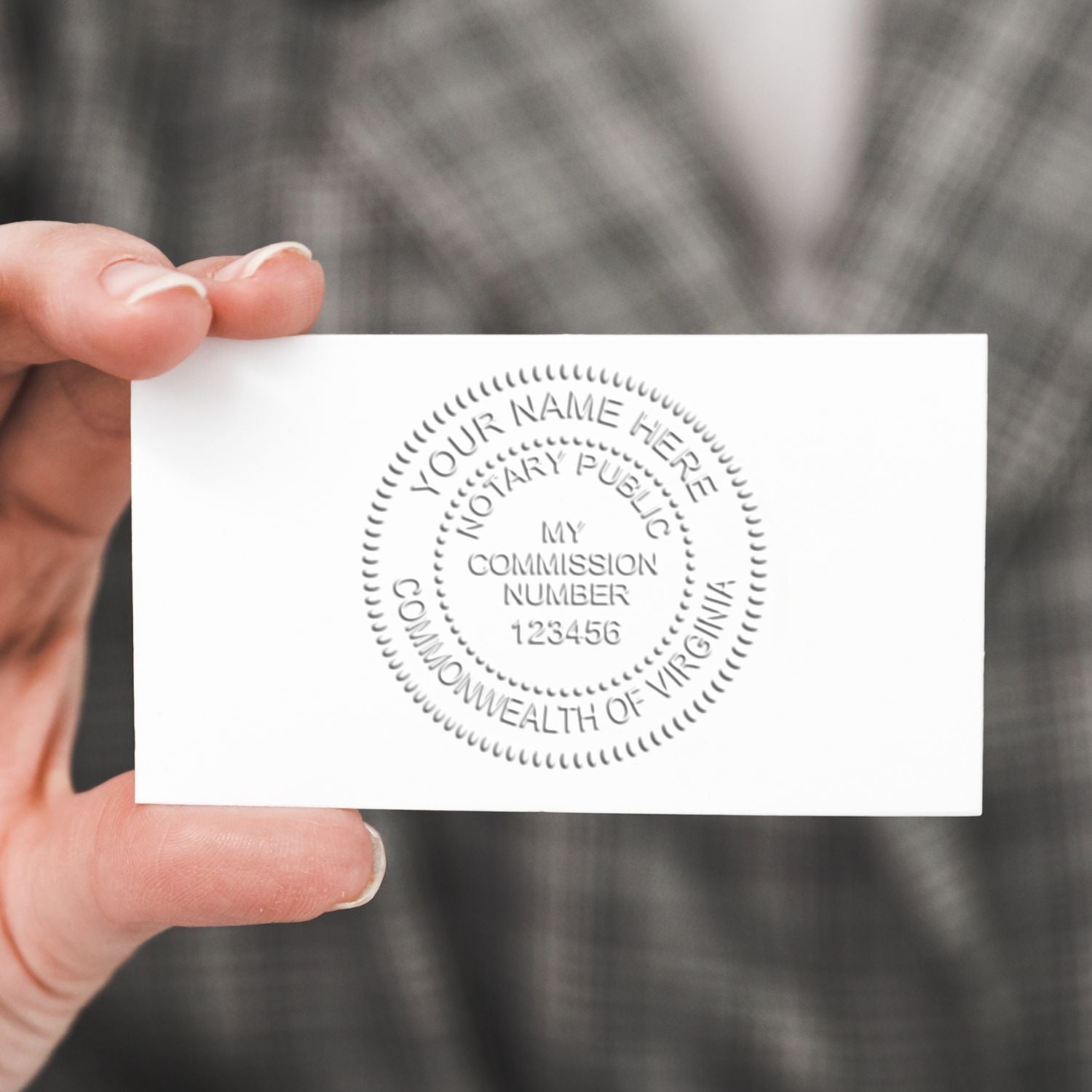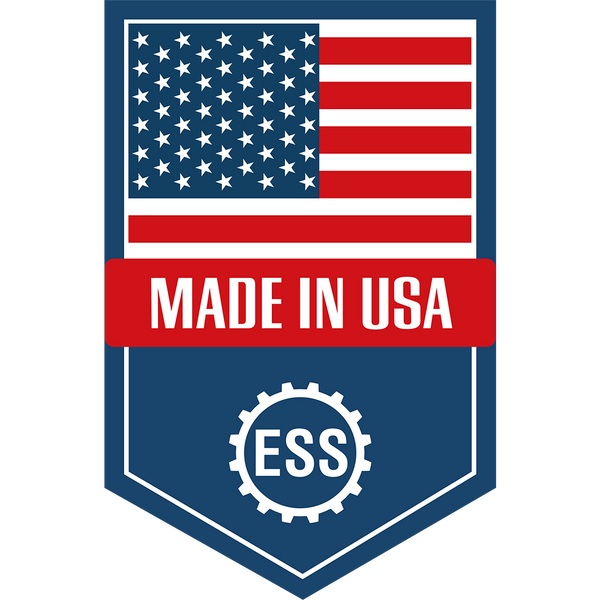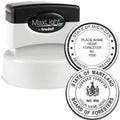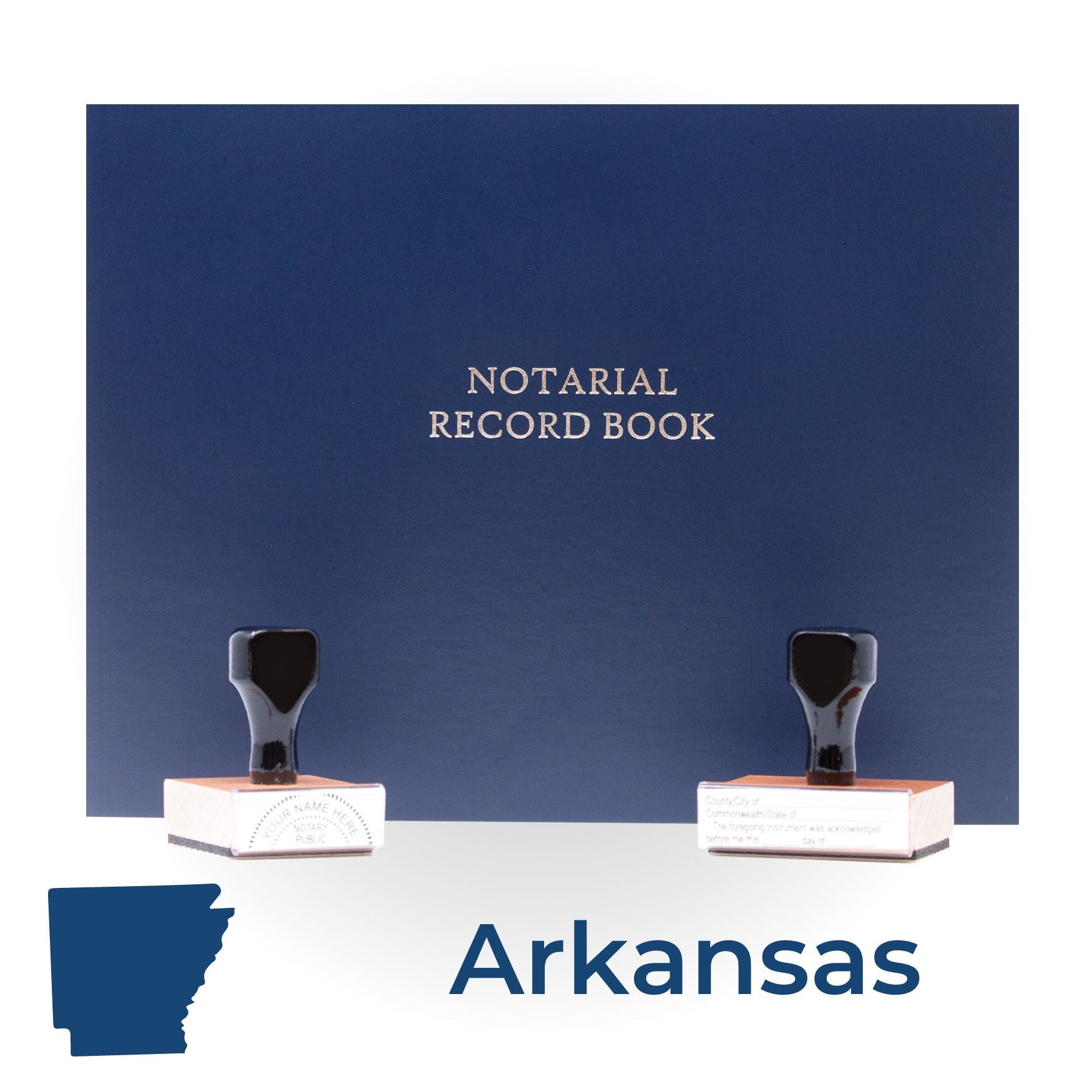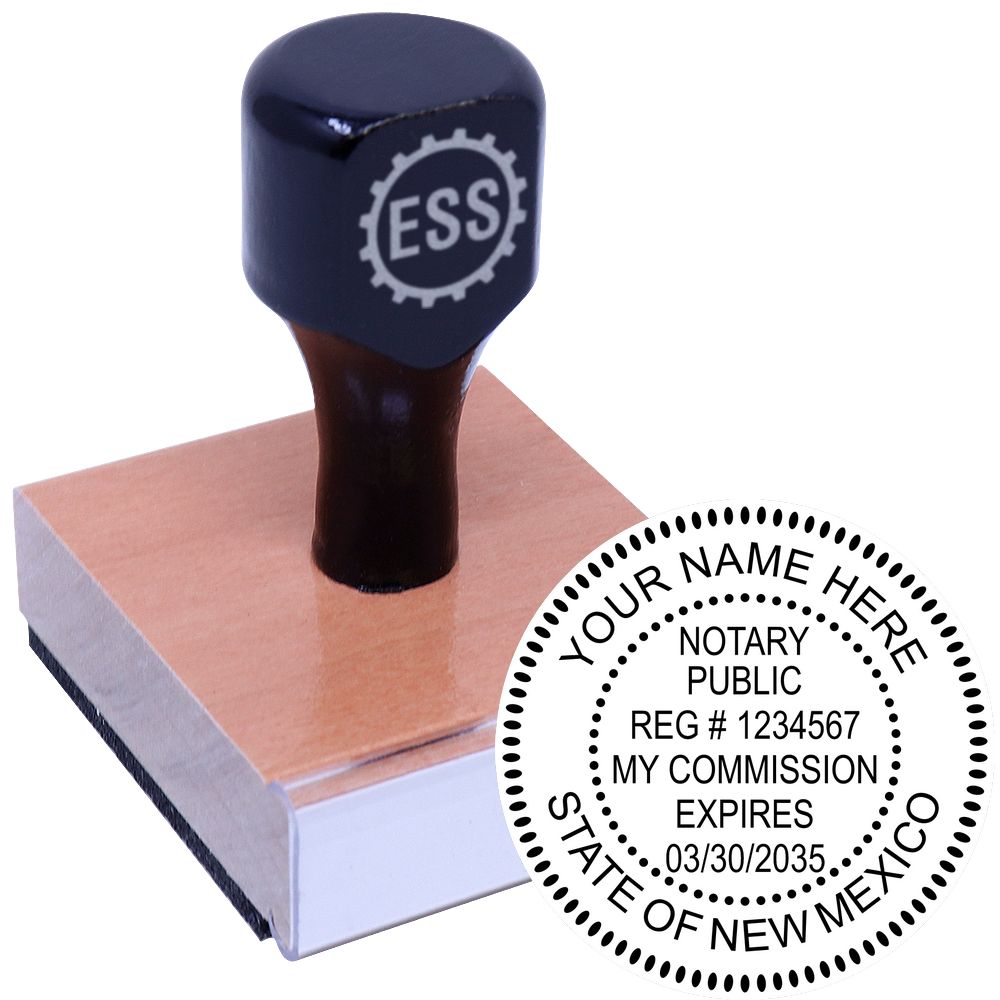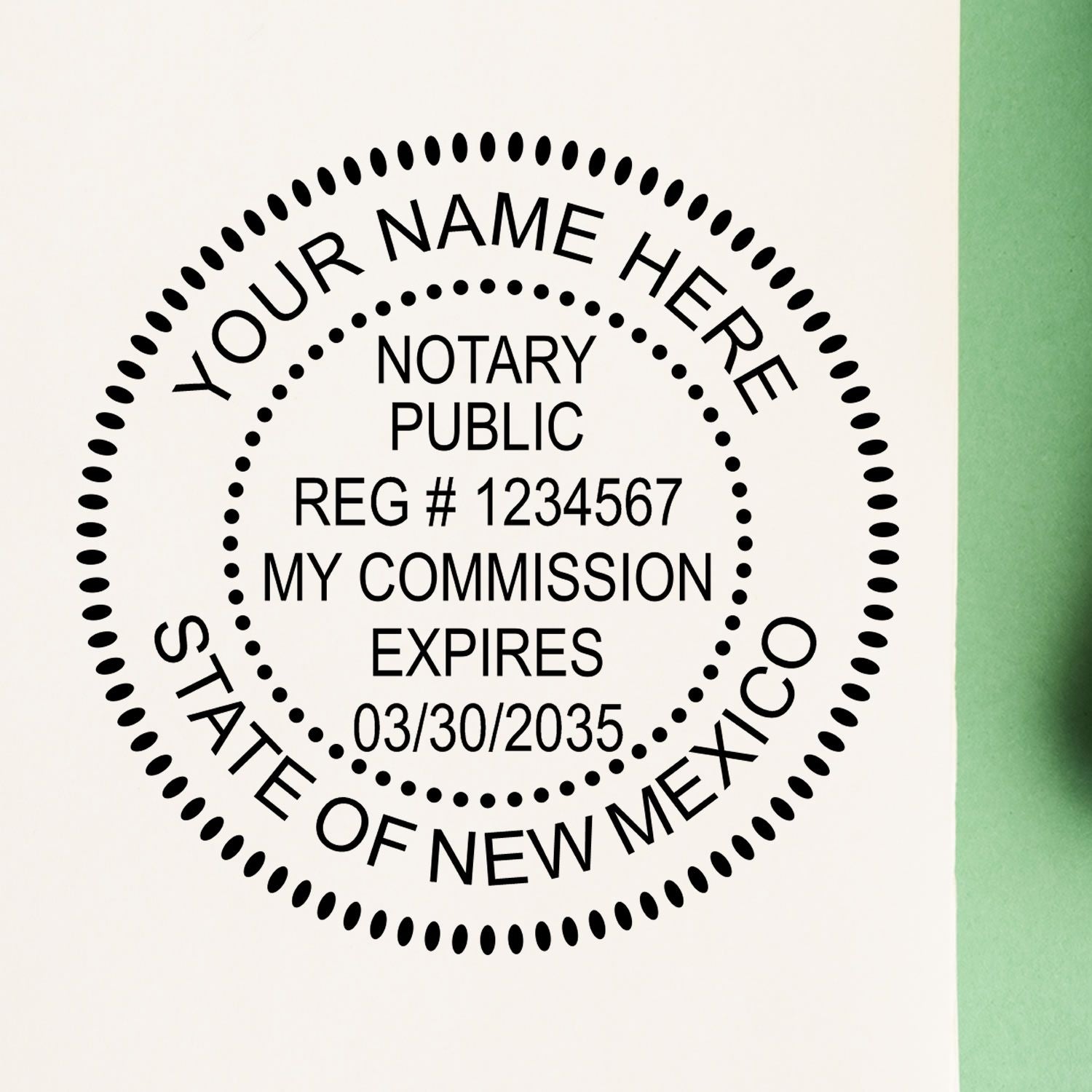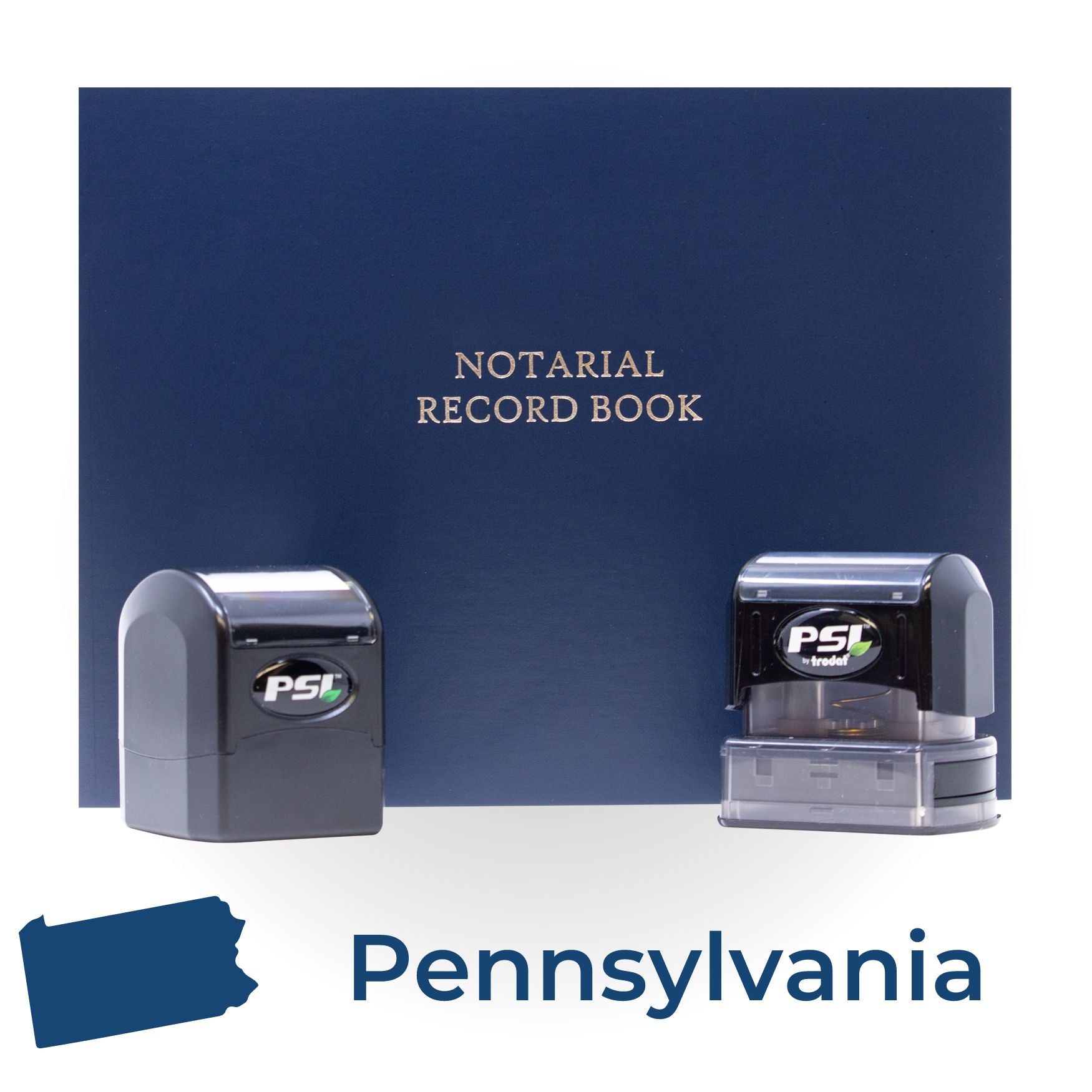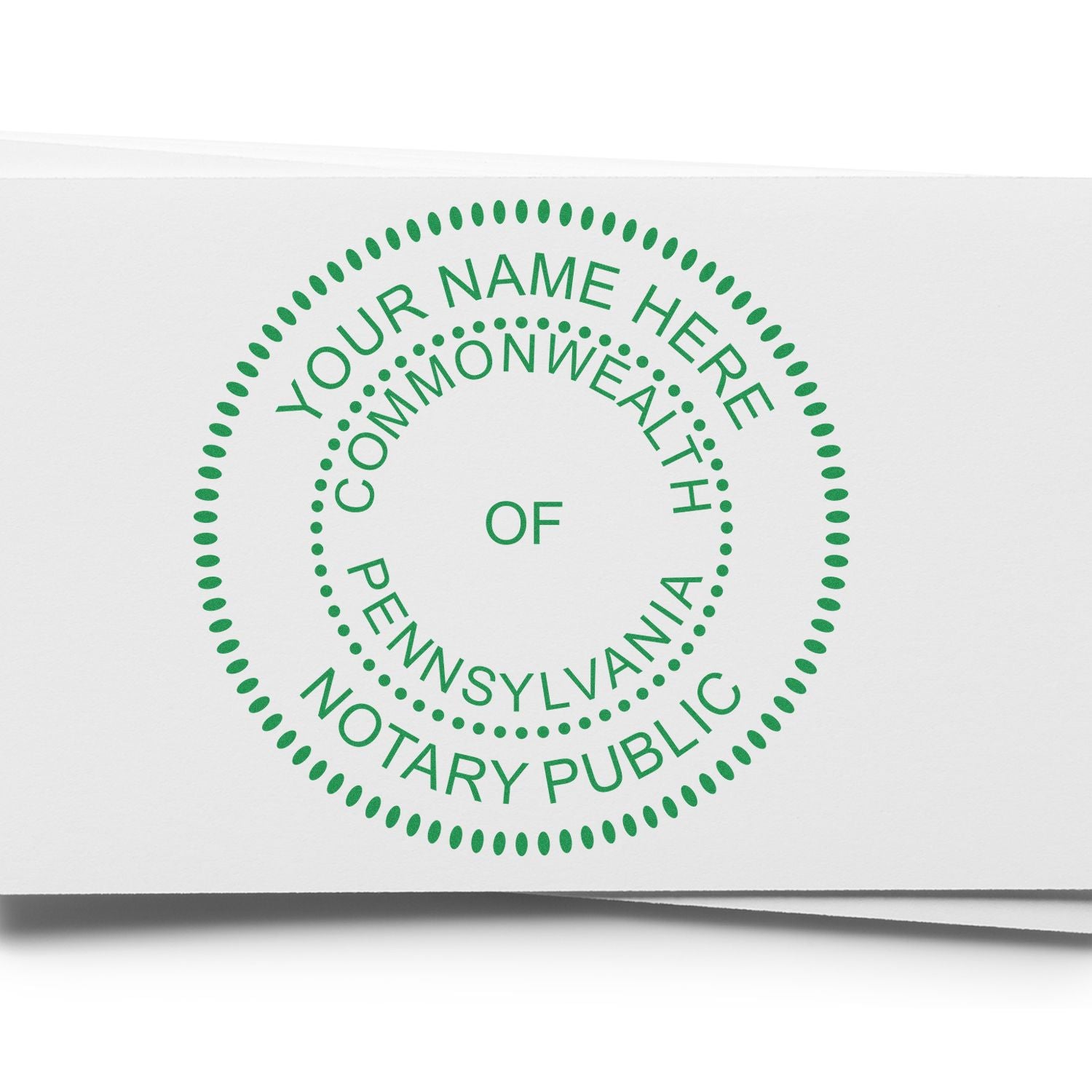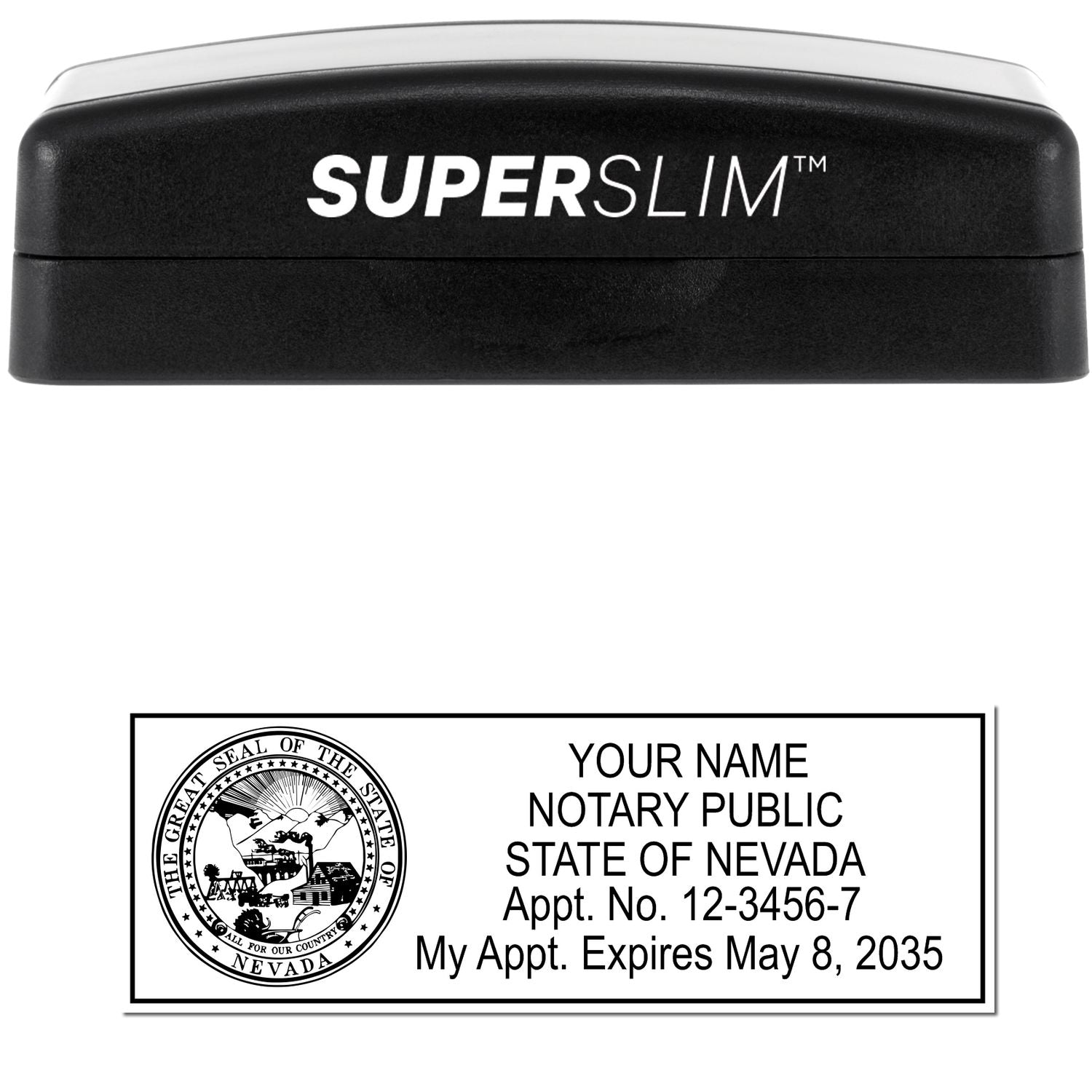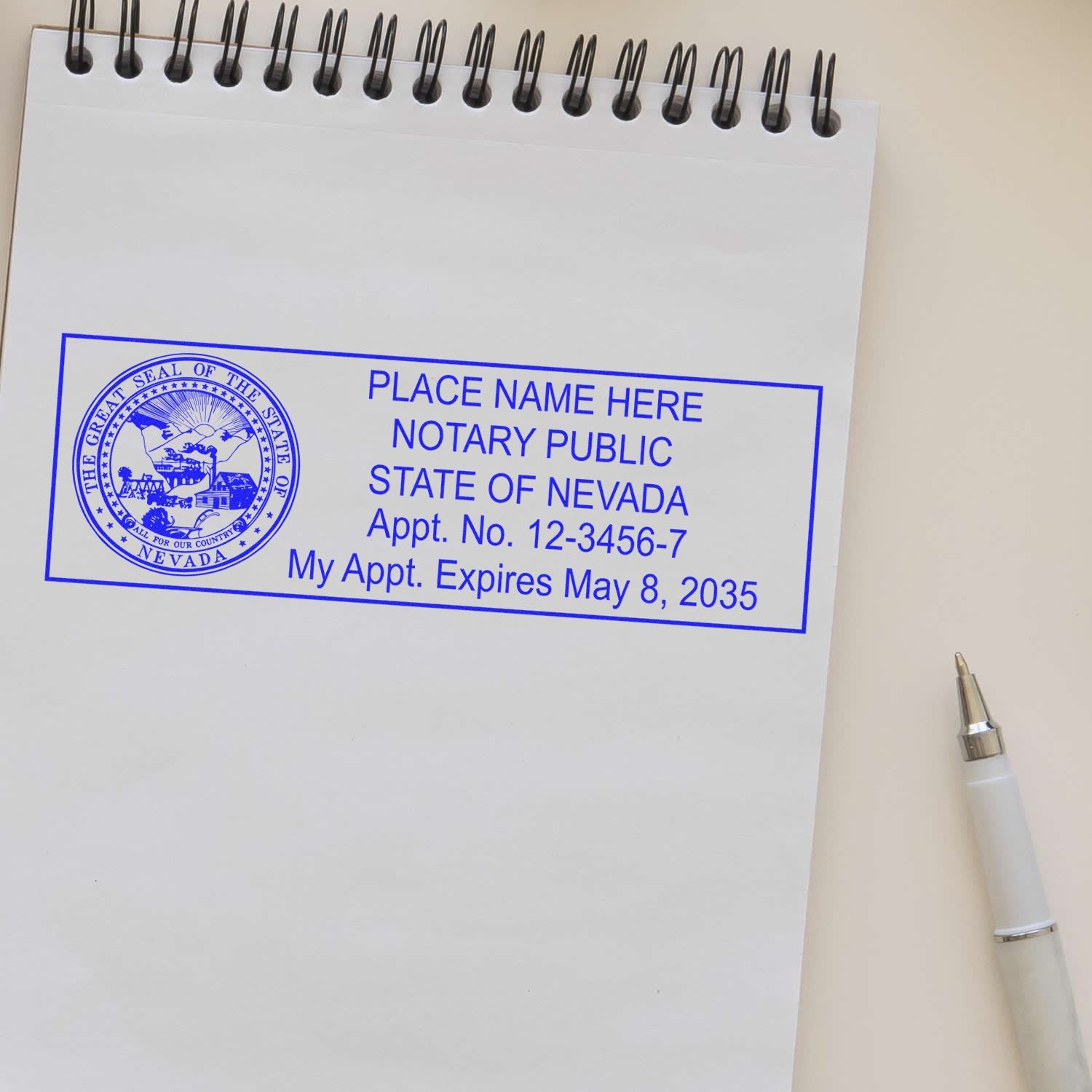Natural light makes everything feel bigger, right? Well, when it comes to official paperwork, an embossing seal can add that same sense of clarity and importance to your documents. If you’ve been curious about how an embossing seal for legal documents actually works and why you might need one, you’re in the right place. This ultimate guide will walk you through the basics, benefits, and best practices, so you can confidently stamp your mark on everything from contracts to certificates.
Understand embossing seals
An embossing seal creates a raised impression on paper, adding a professional, tactile element to important documents. Instead of relying solely on ink, an embosser presses a design into paper or cardstock, making it stand out at a glance. Traditionally, legal and notary offices have used embossers for verifying signatures or authenticating official forms. Nowadays, embossing seals are also popular for personal projects like custom stationery or book embossers.
How it works
- A metal die (the customized plate) and a corresponding counter-die come together under pressure.
- The die often features text, a logo, or a design you choose.
- Once pressed, the paper is permanently raised in that pattern.
Explore key benefits
Embossing seals may look classic, but they remain relevant for modern-day offices and personal use. Beyond adding a stylish look, they deliver real-world advantages you can rely on.
Security and authenticity
Legal documents need layers of protection. An embossed impression is harder to counterfeit than a standard stamp. Because it’s pressed into the page, any attempt at tampering becomes more obvious. Whether you’re dealing with notarized contracts or official certificates, embossing seals reassure the recipients that your documents are legitimate.
Professional impression
Nothing says “I take this seriously” like a crisp, raised seal. If you run a small business, you can make a brand statement on invoices, letterheads, or diplomas. Even in a personal setting, embossed seals add a distinctive polish. These small touches can impress clients, partners, and friends, fostering trust before anyone even reads a word of text.
Use an embossing seal
If you’re wondering how you might incorporate an embossing seal for legal documents, think about the practical scenarios that call for a little extra formality. Whenever signatures need to be verified or important decisions recorded, an embossed mark helps confirm authenticity.
Common legal scenarios
- Notary acknowledgments: Notaries often keep an official embosser handy to validate signatures.
- Court filings: Some jurisdictions still require or encourage embossed stamps on select documents.
- Business agreements: Embossed seals demonstrate brand integrity, especially when including the company logo.
Personal ventures
Even if you’re not drafting high-stakes paperwork every day, you can still find good use for an embosser. Let’s say you’re a stationery enthusiast posting wedding invitations. Embossing your monogram or family crest lends a premium, timeless feel. You could also personalize your own library by stamping each book you own.
Choose your design
Picking the right design is part art and part practicality. You can keep it minimal, like just your name and title, or go bold with a logo or unique icon. Many people customize a seal that includes the company’s name around the outer edge and an official emblem in the center.
Useful considerations
- Hierarchy of text: Figure out what needs the most prominence, such as company name or personal monogram.
- Font style: Script fonts look elegant but can be hard to read if they’re too small.
- Size of seal: Smaller seals are discreet, but a slightly larger one can be more visible to the eye.
Maintain your tool
An embosser is built to last, but general upkeep makes a difference in how crisp and clear your impressions stay. A few easy steps can save you the pain of ripping or creasing your documents when the die and counter-die start wearing down.
Cleaning and storage tips
- Keep it dry: Moisture can cause rust, so store your embosser in a cool, dry place.
- Wipe gently: Use a dry cloth to wipe the metal plates after each use, removing any tiny paper bits.
- Transport carefully: If you travel regularly for business, wrap your seal in a protective case or cloth to prevent knocks.
Troubleshooting common issues
- Paper tearing: Try a thinner paper, or press more gently if the material’s thickness isn’t the culprit.
- Fading design: If the etched lines on your seal are losing detail, consider replacing the plates or contacting the manufacturer for repairs.
Get personalized embossers
When you’re ready to purchase or upgrade, you’ll find a range of options, from handheld designs to desk models. Engineer Seal Stamps (ESS) offers a variety of tailored solutions, so you can choose the size and style that matches your workflow. If you want your embosser to do more than just legal duty, you can also explore custom embossing stamps for branding, personal art projects, or creative gift-giving.
Looking for guidance on the specifics? ESS has knowledgeable support reps who can help you decide which embosser fits your needs. That way, you can feel confident that each impression on your documents exudes a clear and professional look.
Frequently asked questions
How is an embosser different from a regular stamp?
An embosser uses pressure to create a raised imprint in the paper, while a regular stamp usually relies on ink. An embosser adds depth and security to any document.Do I need special paper for an embossing seal?
Not necessarily. Embossers work best on standard or slightly heavier paper. Extremely thick or coated papers can be tricky, so test a sample first if you’re unsure.Is an embosser valid for notarizing documents everywhere?
Different jurisdictions have different rules. In many places, an embosser is acceptable, but some states or countries may require an ink stamp. Consult your local notary guidelines to be sure.How long does an embosser from Engineer Seal Stamps last?
With proper care, your ESS embosser can last for years. Keep it clean and stored in a dry place to ensure crisp impressions over time.Can I personalize an embosser if I’m not using it for legal purposes?
Absolutely. Plenty of people use embossers for personal projects like monograms, DIY wedding invites, or even custom logos for crafts. Just decide on the text or design that speaks to you.
Embossing a document isn’t just about tradition; it’s about sending a strong message of authenticity. Next time you want your contract or certificate to stand out, consider adding a raised seal for that extra touch of elegance. You’ll be surprised how something so simple can elevate your paperwork to a whole new level.


